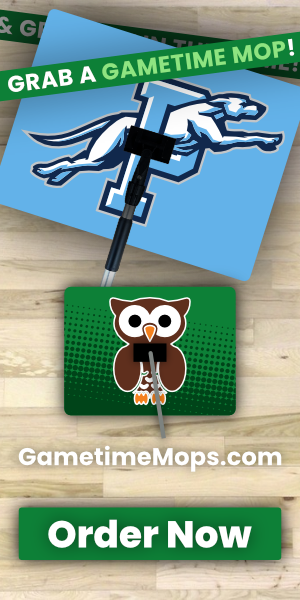Loudoun County, Va. — A lot of people don’t like feet and don’t give much thought to their feet. But our feet and ankles do a lot for us. They help propel us as we walk; they help us stay level when we are hiking through the rugged mountain trails or through the shifting sands on the beach; they help us press on the gas pedal to get us through the yellow lights; they help us rise up taller so that we can look over the crowd of taller people blocking our view at a concert.
These are a few examples of things you probably wouldn’t think twice about until your ankle or foot started hurting. When your ankle or foot starts hurting, all of these activities and others like standing or going up and down the stairs can become a chore.
3 of the most common foot and ankle pains are:
- Achilles tendinitis: pain in the back of the heel/ankle
- Plantar fasciitis: pain along the bottom of the heel and sometimes throughout the bottom of the foot
- Ankle sprains: lateral ankle sprains are most common and cause pain along the outside of the ankle; medial ankle sprains are the second most common and involve pain along the inside of the ankle.
Achilles tendinitis is caused by repetitive stress and irritation of the Achilles tendon due to tightness of the calf muscle and or sudden/large increase in activity level or change in footwear. Have you noticed any heel pain partway through the summer, towards the end of summer or ever since your vacation? Those flat-as-a-pancake flip flops and sandals are often a big factor as to why many people complain of heel pain or foot pain mid to late summer or after vacations when they suddenly wear these types of shoes more frequently and have large increases in walking or running.
Footwear that lacks good arch support can also play a role in plantar fasciitis. If you have a job that requires prolonged standing, if you’re overweight, or if you have arches that are either too high or too flat, these are all common risk factors that can lead to plantar fasciitis. This condition is also pathology of repetitive stress and irritation, but this time it is of the plantar fascia which is a ligamentous tissue that stretches across the bottom of your foot to help support your arch. Taking the first few steps in the morning or after prolonged sitting are often very painful to the bottom of the heel and foot.
Ankle sprains, on the other hand (or foot), are caused by the trauma of over stretching and/or tearing the ligaments of your ankle. Most commonly, this occurs when you roll your ankle inwards as you are running, walking or stepping. Uneven surfaces are often to blame when this injury occurs. When you roll your ankle outwards, this will often cause damage to the ligaments along the lateral/outside of the ankle. You can also sprain the ligaments along the medial/inside of the ankle by rolling the ankle inwards or you can also have a high ankle sprain in which the ligaments between the two leg bones near the ankle are stretched or torn. These are less common.
The good news about these issues is physical therapy can help! Using the combination of manual techniques and exercises, physical therapy will help to stretch and work out the restrictions in tight soft tissues, and will help you build the strength, endurance, stability and agility in your lower extremities to help reduce further stress on the irritated tissues so that you will be able to return to your desired activities without pain.
If left untreated, the pain can get worse and can become chronic. Sometimes people like to wait and see if these pains will get better on their own. But the longer you wait to seek treatment, the more difficult it can be and the longer it can take to heal. Plantar fasciitis, in particular, can become a stubborn issue especially if not treated early. Ankle sprains, as well, can become a chronic issue limiting your activities.
Note from our sponsor: If you or someone you know have experienced or may be experiencing any of these issues or have just general foot or ankle pain, call our office TODAY at 703-450-4300. We can evaluate you and determine if it your pain is likely to respond to PT. We would love to help get you back on your feet!








